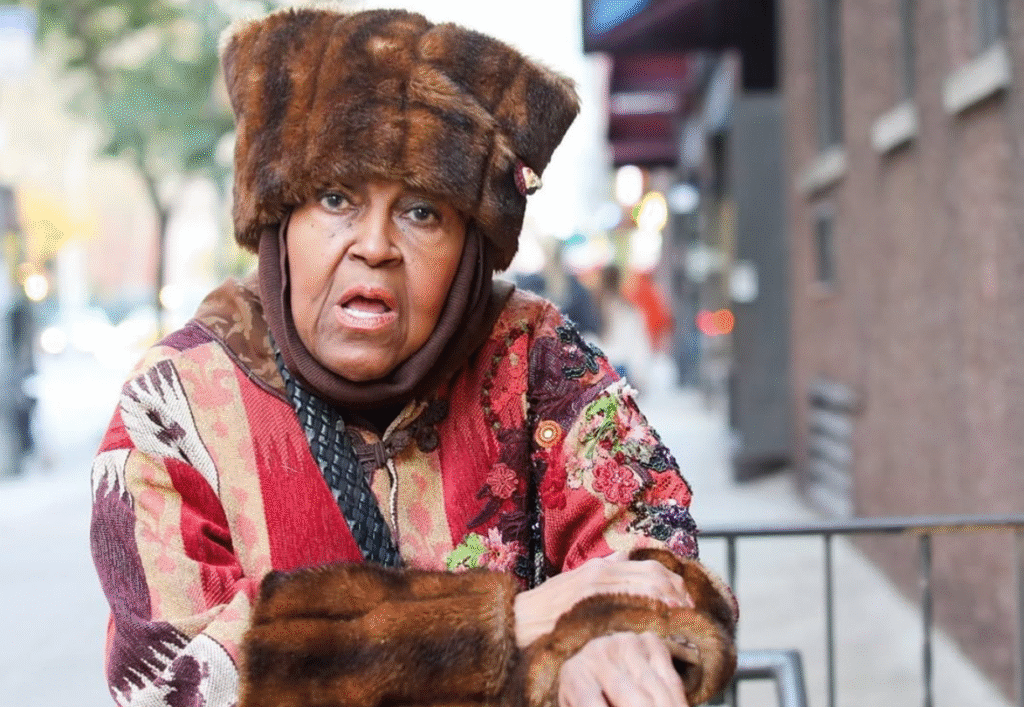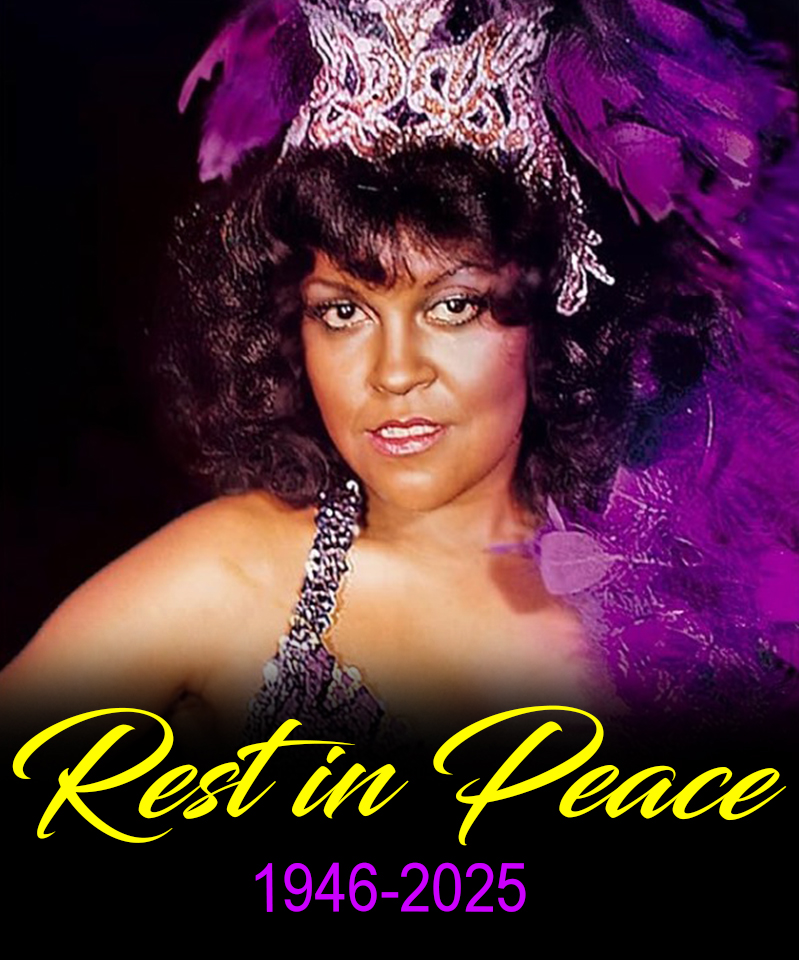Stephanie “Tanqueray” Johnson: From gritty beginnings to burlesque legend—and a viral voice that wouldn’t be silenced
A life larger than the stage
Stephanie “Tanqueray” Johnson’s story reads like classic New York cinema—grit, glamour, survival, and reinvention. Born Aquila Stephanie Springle in 1944 in Albany, New York, she grew up under strict religious rules and in deep poverty. Pushed out of her home as a pregnant teen and briefly incarcerated, she fled to Manhattan determined to write a different script. Decades later, she would become an unlikely global sensation—her unfiltered memories riveting millions online.
Johnson—known to the world as Tanqueray, the magnetic burlesque star of 1960s and ’70s New York—died on October 11 at her Manhattan home following a severe stroke. She was 81, according to Humans of New York and her son, Mitchell Springle.

The making of “Tanqueray”
New York gave Stephanie a new name and a new stage. She stitched her own costumes—rhinestones, beads, and attitude—and built a following in Manhattan’s after-hours circuit. Her work crossed scenes and boundaries: burlesque, drag, fetish communities, and mob-run nightclubs where she learned Italian behind the curtain and read a room like a headliner.
“My stripper name was Tanqueray. Back in the seventies, I was the only Black girl making white girl money. I danced in so many mob clubs that I learned Italian.”
Her stories felt like Scorsese outtakes—tailored suits, shadowy bosses, and a city that pulsed with danger and possibility. But they weren’t fiction. They were her life.
Viral fame—and a second act
In 2019, Humans of New York founder Brandon Stanton spotted Stephanie in Chelsea in a red patchwork coat with fur trim. He stopped to listen—and kept listening. What followed was a 33-part serialized portrait that captivated the internet. It wasn’t just the X-rated color; it was the honesty, timing, and survivor’s wit.
A companion GoFundMe, launched to support her medical needs, raised over $2.5 million, a testament to how deeply her voice resonated. In 2022, her memoir, Tanqueray, became a bestseller—equal parts backstage pass and battle diary, tracking the fashion, the hustle, and the cost of staying alive in a city that gives nothing for free.
Brandon Stanton later wrote that despite her bravado, there was a softness many missed:
“Despite her X-rated stories and her sharp edges, she was capable of such innocence. Stephanie slept with a teddy bear until the day she died.”
“Just the funny parts”
Stephanie knew how to hold a crowd: with the punchline, then the pause that lets the truth land.
“I hope when I get to heaven God shows me a movie of my life. But just the funny parts. Not the in-between parts, ’cause then we’d both start crying. Underneath all the laughs and gags, it was always about one thing: survival.”
That survival instinct—the spine beneath the sparkle—made her a folk hero in Chelsea, where neighbors recalled quick encounters that turned into unforgettable anecdotes. After news of her passing, tributes poured in: chance meetings at Eataly, daily sightings at Grand Central, and one chorus repeated again and again—“What a life she lived.”
Tanqueray’s legacy isn’t confined to a single era or platform. She bridged scenes and generations: a Black burlesque star who designed her own looks, a downtown character preserved in neighborhood memory, and a viral narrator who proved that unvarnished truth can travel farther than any spotlight.
She was, all at once, a survivor, a fashion obsessive, a working artist, and a woman who understood the currency of a great story. She turned a hard past into combustible performance—and later, into a record that outlived the rooms she once lit up.
In the end, what Stephanie “Tanqueray” Johnson offered the world was more than scandal or secrets. It was presence. It was a reminder that charisma, craft, and candor can remake a life—and that sometimes the most indelible star is the one who refuses to be edited down.
RIP, Tanqueray. Long live the legend.



